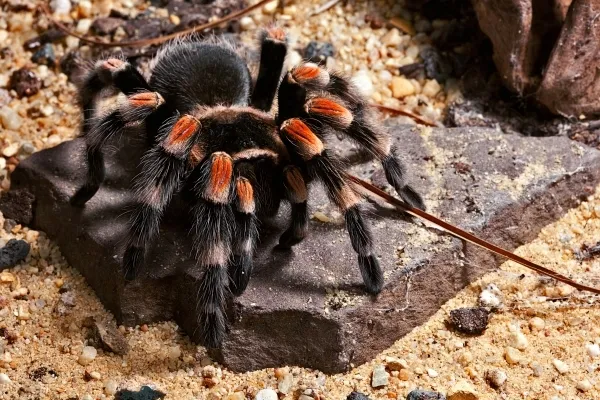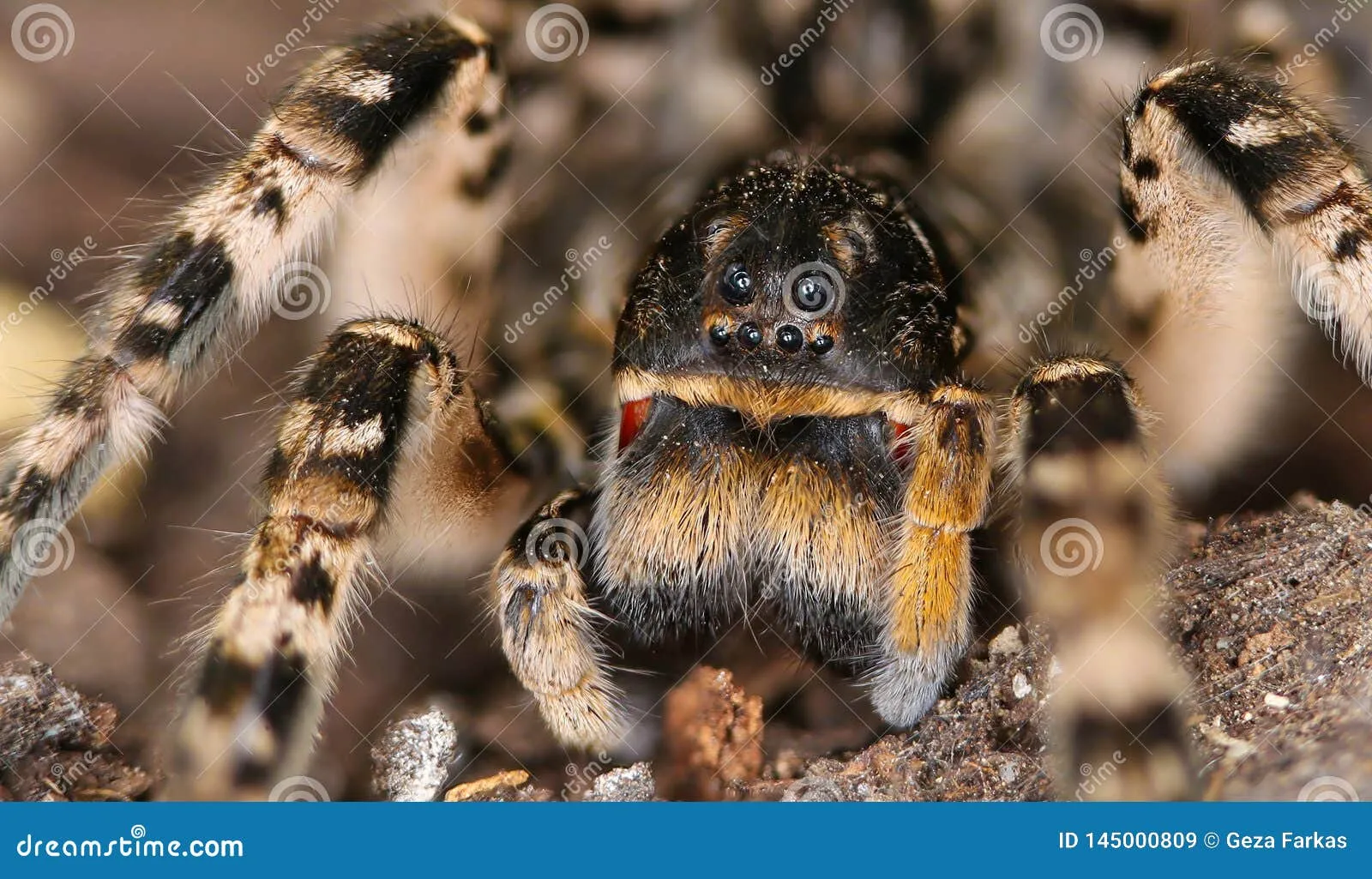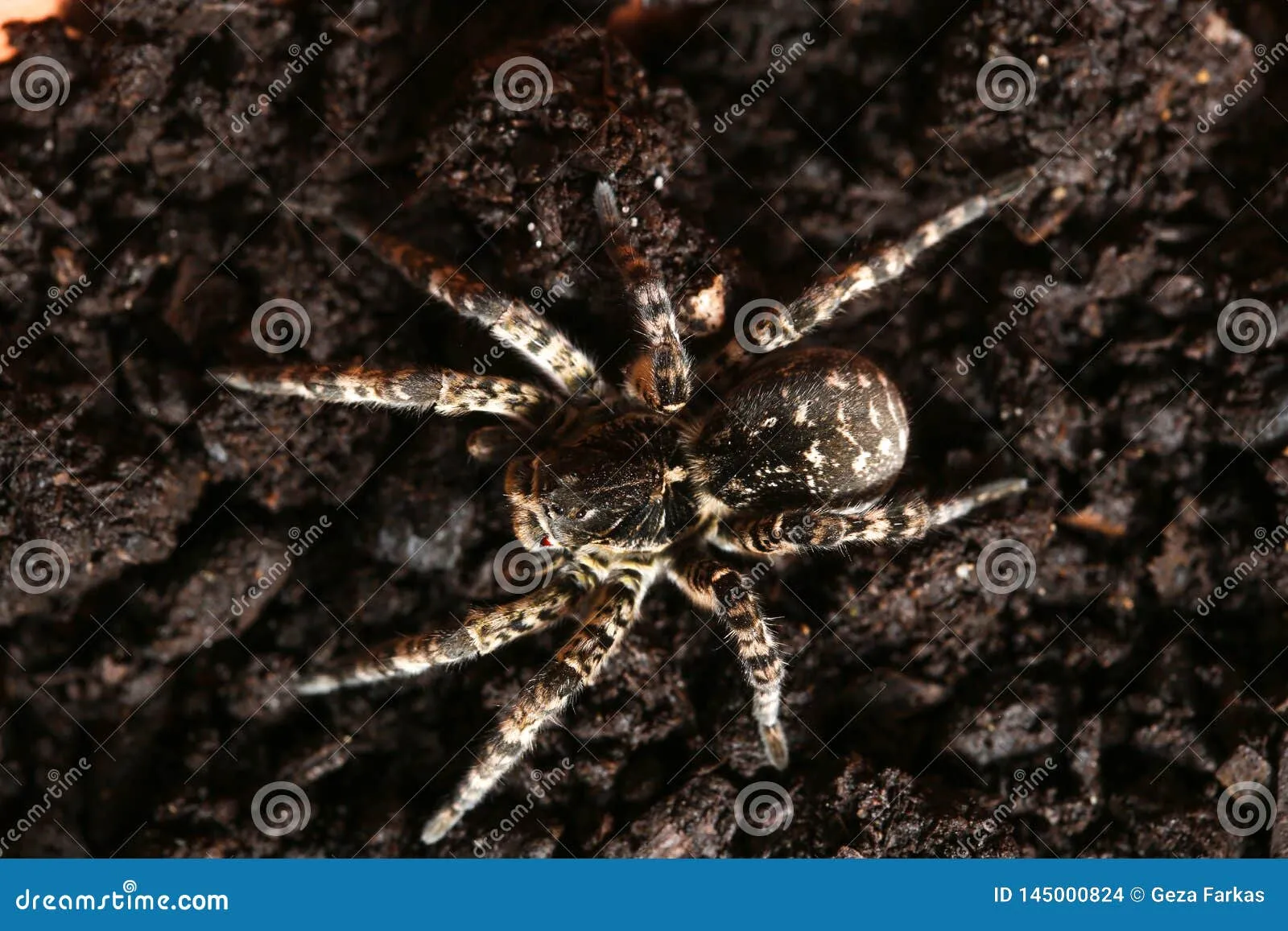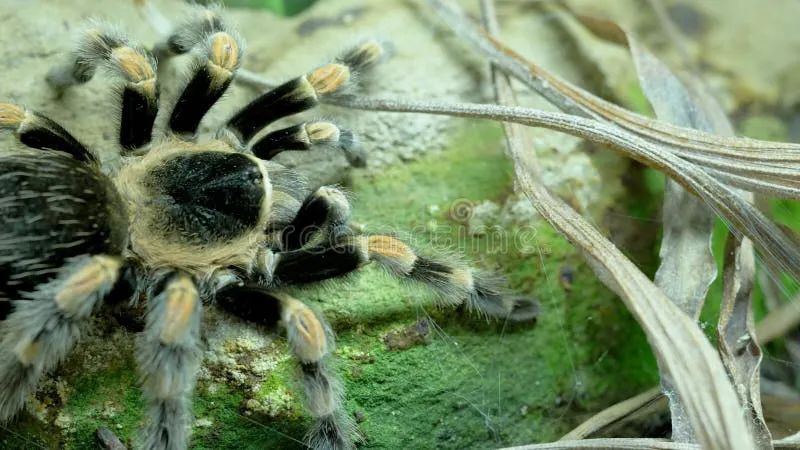The Most Dangerous Tarantulas Overview
Tarantulas, despite their intimidating size and appearance, are not typically aggressive towards humans. However, certain species possess potent venom and defensive mechanisms that can pose significant threats. Understanding the most dangerous tarantulas is crucial for anyone who lives in or travels to regions where these arachnids reside. This guide will delve into five of the most dangerous tarantulas, their specific threats, and how to mitigate risks. The information is intended for educational purposes and to promote respect for these fascinating creatures, while also emphasizing the importance of safety and caution around them. It is essential to remember that tarantula bites, while rarely fatal, can be excruciating and require medical attention in some cases. Always prioritize safety and seek professional guidance when dealing with or learning about these spiders.
The Goliath Birdeater Tarantula
The Goliath Birdeater (Theraphosa blondi) is the world’s largest tarantula, known for its immense size, with a leg span that can reach up to 12 inches. Native to the rainforests of northern South America, this tarantula is a formidable hunter. It is not typically aggressive but will defend itself if provoked. Its sheer size and the potential for a painful bite make it a concern. Though the venom is not considered lethal to humans, the bite can be incredibly painful, and the large fangs can inflict a deep wound. Beyond the bite, the Goliath Birdeater has urticating hairs that it flicks at perceived threats. These hairs can cause severe skin irritation and discomfort. Handling this tarantula should be avoided unless by experienced individuals in a controlled environment.
Habitat and Behavior

The Goliath Birdeater thrives in humid, tropical rainforest environments, constructing burrows in the ground or utilizing existing shelters. Their behavior is largely nocturnal, as they spend most of the day hiding in their burrows. They are ambush predators, waiting for prey to come within striking distance. Their diet consists mainly of insects, but they are also capable of taking down small mammals, birds, and reptiles. The Goliath Birdeater is a solitary creature, interacting with others primarily during mating season. Understanding their habitat and behavior is crucial for anyone who might encounter them, as it helps to predict their presence and avoid unnecessary interactions that could lead to a defensive response.
Venom and Bite
The Goliath Birdeater’s venom is not considered medically significant to humans, meaning it is not life-threatening. However, a bite from this tarantula can be extremely painful due to the size of the fangs and the nature of the venom. The bite can cause intense localized pain, swelling, muscle cramps, and potential secondary infections if not treated properly. Furthermore, the mechanical damage from the large fangs can be significant. While the venom isn’t typically deadly, it is still important to seek medical attention, especially if symptoms are severe or if an allergic reaction is suspected. Treatment generally involves pain management and wound care to prevent infection. The experience of a Goliath Birdeater bite is often described as similar to a bee sting but significantly amplified.
The Tiger Rump Tarantula
The Tiger Rump tarantula (Psalmopoeus irminia) is a more aggressive species compared to the Goliath Birdeater. Found in South America, this tarantula gets its name from the distinctive tiger-like stripes on its abdomen. They are known for their quick movements and defensive behaviors. While their venom is not particularly potent, they are likely to bite if threatened, and their urticating hairs can cause significant irritation. This makes them a challenging species to handle, particularly for those who are not experienced. Their defensive nature and agility require a high level of caution when working with them. It is important to remember that even seemingly docile tarantulas can react defensively, particularly if they feel threatened.
Appearance and Identification

Identifying the Tiger Rump tarantula is relatively straightforward due to its striking appearance. They feature a dark brown or black body with distinctive yellow or orange stripes on their abdomen, resembling tiger markings. Their legs are also typically dark-colored, and they possess a relatively slender build compared to some other tarantula species. Their leg span can reach up to 5 inches. These tarantulas also have prominent fangs. When identifying any tarantula, careful observation of physical characteristics, including size, coloration, and body proportions, is crucial. Proper identification is vital to assess the potential risks and to ensure appropriate handling and care.
Defensive Mechanisms
The Tiger Rump employs several defensive mechanisms. Firstly, they are quick and agile, enabling them to retreat rapidly if they feel threatened. Secondly, they possess urticating hairs on their abdomen, which they flick towards potential attackers. These hairs cause intense itching and irritation upon contact with skin or eyes. Finally, they will readily bite when they feel cornered. Unlike some tarantulas that prefer to flee, the Tiger Rump is more likely to stand its ground and defend itself. Understanding these defensive traits is essential for anyone who might encounter this species. Avoiding unnecessary contact and maintaining a safe distance can help to prevent potential bites and exposure to urticating hairs.
The Brazilian Wandering Spider
The Brazilian Wandering Spider (Phoneutria spp.) is one of the most venomous spiders globally, not just among tarantulas. Found in South America, these spiders are known for their highly potent venom. The Brazilian Wandering Spider doesn’t build webs; instead, it actively hunts and wanders, often entering human dwellings, which contributes to its reputation. They are aggressive and highly defensive, frequently raising their front legs as a warning posture before striking. The venom of this spider contains a complex mixture of toxins that affect the nervous system, leading to severe symptoms and potentially death if not treated promptly. Because of their aggressive nature and potent venom, this spider is considered one of the most dangerous spiders to humans.
Hunting and Aggression

Brazilian Wandering Spiders are active hunters, primarily preying on insects, other spiders, and even small vertebrates. They are known for their aggressive hunting behavior, stalking their prey and swiftly injecting venom to paralyze them. Unlike many tarantulas that are ambush predators, these spiders actively search for food. Their aggressive nature extends to their interactions with humans. They are highly defensive and will attack if they feel threatened, even without direct provocation. It is their combination of potent venom and aggressive behavior that makes them particularly dangerous. Their presence in human dwellings further increases the risk of encounters and bites.
Medical Significance of Bite
The bite of the Brazilian Wandering Spider is a serious medical emergency. The venom contains potent neurotoxins that can cause severe symptoms, including intense pain, sweating, increased heart rate, high or low blood pressure, muscle cramps, blurred vision, and priapism (prolonged and painful erection in males). In severe cases, the venom can lead to respiratory failure and death. Immediate medical attention, including antivenom administration, is crucial to improve the chances of survival and to minimize the potential for long-term complications. The severity of the symptoms and the potential for life-threatening complications make this spider one of the most dangerous creatures in the world.
Other Notable Dangerous Tarantulas
While the Goliath Birdeater, Tiger Rump, and Brazilian Wandering Spider are among the most well-known dangerous tarantulas, there are other species that also warrant caution. Their venom may not be as potent, but their aggressive nature or defensive mechanisms can still pose a threat. Awareness of these species, even if less prevalent, is important for complete understanding and safety.
The Pink Footed Goliath Tarantula

The Pink Footed Goliath (Theraphosa apophysis) is closely related to the Goliath Birdeater and shares many characteristics. While not as large, it is still a sizable tarantula with a leg span that can reach up to 10 inches. Its name comes from the pink coloration on the tips of its feet. This species is known for its defensive behavior, including flicking urticating hairs and the potential for a painful bite. While the venom is not usually life-threatening, the bite can cause considerable localized pain and discomfort. Handling should be performed with caution by those experienced in tarantula care.
Unique Characteristics
The Pink Footed Goliath’s distinct pink feet are a defining characteristic. This tarantula also has a tendency to be more defensive than some other species. They are also known for their relatively fast growth rate. These tarantulas are typically found in the rainforests of northern South America and share similar habitat preferences to the Goliath Birdeater. Their size, defensive behavior, and potential for causing painful bites make them a species to respect and avoid handling unless necessary.
The Cobalt Blue Tarantula
The Cobalt Blue tarantula (Cyaneopubescens) is known for its stunning iridescent blue coloration, especially on its legs and carapace. Native to Southeast Asia, this tarantula is considered highly defensive and fast-moving. Their venom is considered to be moderately potent, and they are prone to biting if they feel threatened. They are not recommended for novice keepers due to their temperament and potential for a painful bite. Although their venom is not considered deadly, the bite can still cause significant pain and discomfort, and they can be quick to strike.
Coloration and Origin

The Cobalt Blue tarantula’s vivid blue coloration is a result of the structure of the hairs on its body, which diffract light to create this striking appearance. They originate from Southeast Asia, specifically in areas like Myanmar, Thailand, and Vietnam. Their coloration serves as a warning signal to potential predators. They are a burrowing species, spending much of their time underground, but they are still a threat if disturbed. Handling these tarantulas should be done cautiously, and experienced keepers should be aware of their defensive nature and the potential for a painful bite.
How to Avoid Tarantula Bites
Preventing tarantula bites involves a combination of caution, awareness, and respect for these creatures. Whether in the wild or in a captive setting, understanding how to minimize risks is essential for safety. Avoiding bites involves careful planning and preventative measures to protect yourself and minimize the chances of negative interactions with these arachnids. The key principles emphasize being informed, cautious, and mindful of tarantula behaviors.
Preventative Measures
When in areas where tarantulas are known to reside, wearing appropriate protective clothing, such as long sleeves, long pants, and closed-toe shoes, can provide a barrier against bites. Avoiding placing hands or feet in areas where tarantulas might be hiding, such as under rocks or in burrows, is also critical. Keeping a safe distance and not attempting to handle tarantulas is the best way to avoid a bite, as most bites occur when the animal feels threatened or provoked. Education about tarantula behavior and the identification of local species can help in making informed decisions. Always be aware of surroundings. When keeping tarantulas in captivity, proper housing with secure lids and regular maintenance can prevent escape, which can lead to unexpected encounters.
Safety Tips

If you encounter a tarantula, observe from a safe distance and do not attempt to approach or handle it. Should a bite occur, remain calm and seek medical attention immediately. Try to identify the species if possible, as this information can be helpful for medical professionals. Wash the bite area with soap and water. Do not apply a tourniquet or attempt to suck out the venom. If you keep tarantulas as pets, ensure they are housed in secure enclosures and that you are knowledgeable about proper handling and care. Always supervise children around tarantulas. Proper planning, knowledge, and respect can ensure safe and rewarding interactions. Always err on the side of caution.
